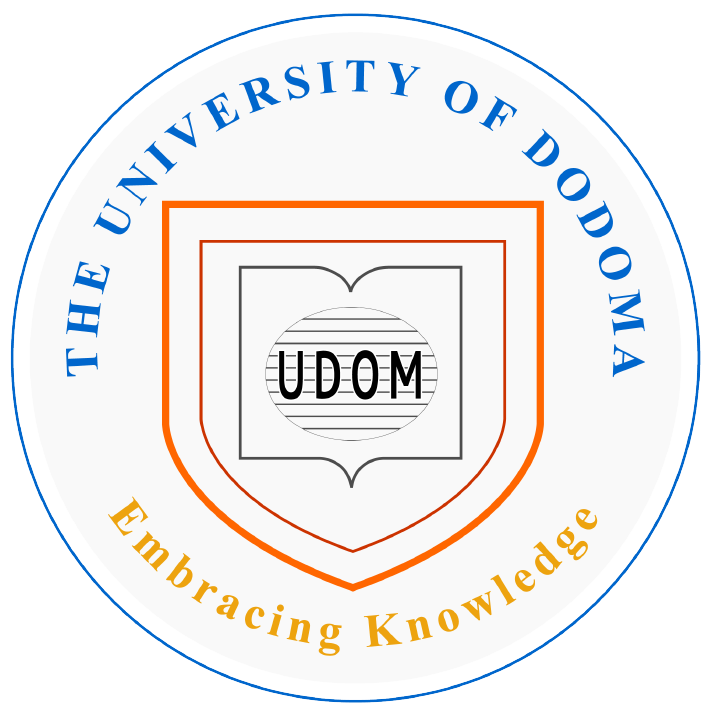Abstract
Transparency plays an important role in the realisation of a people-centred regional integration. In the East African Community (EAC) context, transparency is recognised as one of the operational principles ascribing the functioning of the organs of the Community. Despite being recognised under the East African Community Treaty, this principle is given little attention in the functioning of the organs and institutions of the Community. While the literature on EAC transparency focuses on how transparency enhances the insemination of information to the East Africans, this article investigates the extent to which EAC laws and policies related to transparency should promote the participation of East African people in the decision-making within the organs and institutions of the EAC. This article is based on a documentary review and information collected at the EAC headquarters and border posts of Kenya, Tanzania and Uganda through interviews. I claim that although there are legal and policy efforts made toward the principle of transparency in the EAC, the law is weak in realising transparency in the functioning of the organs and institutions of the EAC. It demonstrates that the EAC legal regime does not recognise access to information as a right of East Africans people. In the same vein, I further claim that communication policy, which ought to provide a framework through which transparency is made a reality, does not consider some national and local languages to be important tools for insemination of the EAC undertakings to the grassroots.
